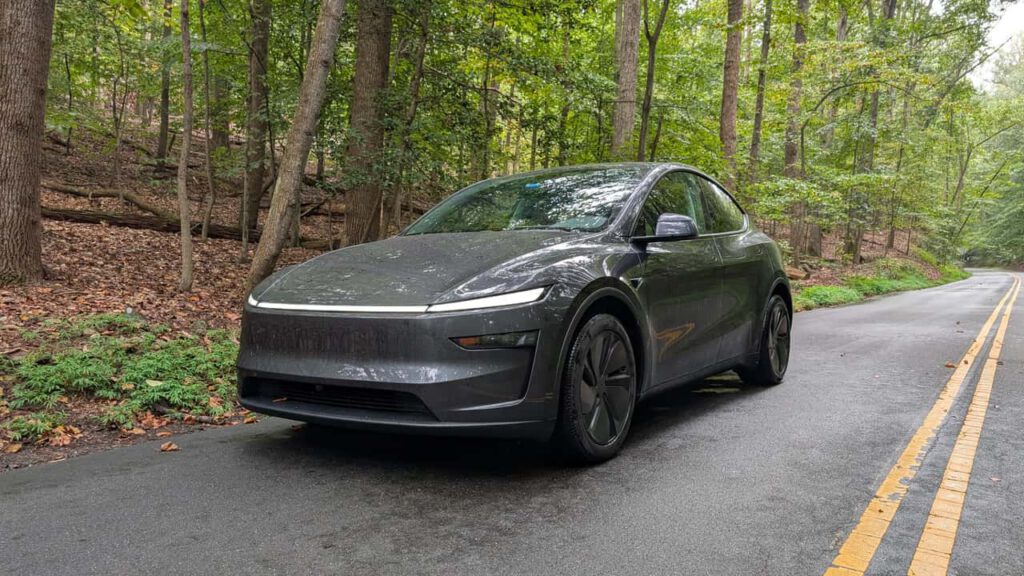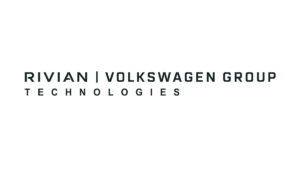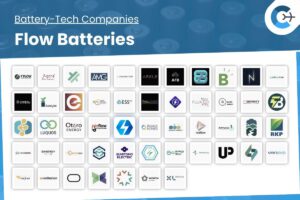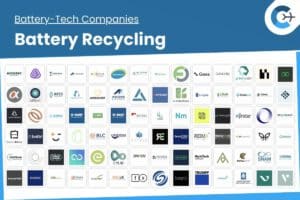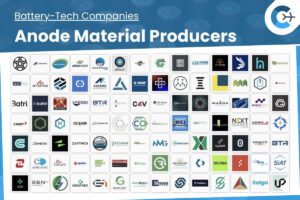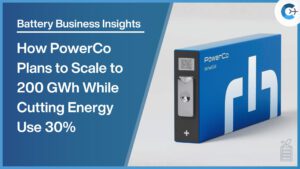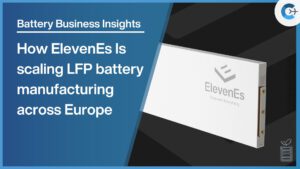Panasonic Energy, Tesla’s primary high-voltage battery supplier, is developing anode-free lithium metal cells that could deliver significantly higher energy density and reduce pack weight by the end of 2027, Reuters reported.
By removing the traditional graphite anode, Panasonic’s design creates additional space for active cathode materials—nickel, manganese and cobalt—which may directly boost capacity while simplifying manufacturing and lowering costs.
The company plans to produce these cylindrical cells at its new battery plant in Kansas. If the technology meets targets, the EPA range of a rear-wheel-drive Model Y—currently about 357 miles—could increase by roughly 90 miles, approaching 450 miles on a single charge. Alternatively, automakers could maintain today’s range with smaller, lighter and less expensive battery packs.
Panasonic is not alone in pursuing anode-free chemistry. California-based QuantumScape, in collaboration with Volkswagen, and Michigan-based Our Next Energy have both tested similar approaches. Meanwhile, major OEMs are exploring other next-generation chemistries: General Motors plans to introduce lithium-manganese-rich cells for trucks and SUVs in 2028 to reduce reliance on nickel.
The move away from graphite—a material dominated by certain supply chains—and efforts to limit nickel use reflect broader industry goals of enhancing sustainability and securing raw materials. Automakers and battery producers are under pressure to improve performance, lower production costs and align with regulatory requirements on carbon emissions and resource sourcing.
Integrating anode-free cells into the Model Y could bolster Tesla’s range and cost competitiveness just as rivals prepare new electric models. Updated versions of the Nissan Leaf and Chevrolet Bolt are expected soon, and other manufacturers are gearing up to expand their EV lineups. Advancements in battery chemistry will continue to play a pivotal role in shaping the future of electric mobility.
Source: InsideEVs

